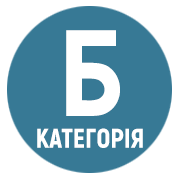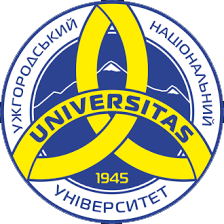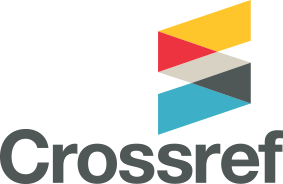AUTOMATED TREATMENT OF NEUROSIS
DOI:
https://doi.org/10.32782/psy-visnyk/2025.1.14Keywords:
neurosis, automated treatment on concept, head shaking, psychological methodsAbstract
The article shows the possibility of treatment of neurosis (ICD-10: F48.0) in athletes training on the concept. The method developed by us includes some principles that induce meditative states, which allows to quickly restore psycho-emotional balance and get rid of pathological symptomatology. In those cases when it is not possible to carry out the method with physical load on the concept in reality, the ideomotor act with the representation of movements characteristic of rowing comes to the rescue. In this way, the range of therapeutic reach of sick individuals can be significantly extended. The aim of the study is to show the effectiveness of the automated method of prevention and treatment of neurosis (ICD-10: F48.0). Athletes, during training on the concepts, initially perform, in the sagittal plane, arbitrary head bobbing in time with the movement of the legs, changing after a few minutes into automatic bobbing with changes in amplitude and frequency. Automatic head bobbing spontaneously ceases after 1-3 minutes and a meditative state ensues, in which the signs of the disease disappear. The conducted analysis of the therapeutic effect on the body of an athlete training on the concept has shown that in academic rowing there are recovery mechanisms described in the methods of Osho’s dynamic meditation, automated head movements, the method of desensitization and processing by eye movements (DPDG) of F. Shapiro, ideomotor act and autosuggestion. All these methods are tested in the therapeutic practice of psychotherapists and do not require additional experimental evidence of their effectiveness. The combination of the use of these methods in the training process on the concept is done automatically according to the technique of rowing, except that the meditative state is used for accelerated and gentle processing of conflict and stressful situations with the mandatory concentration of attention on the cause of the disease, and in cases of psychosomatic diseases – on the organs or symptoms of the disease. In the absence of any diseases there is spontaneous prevention of diseases with normalization of psychoemotional state,accelerated recovery of organism, increased reactivity. Thus, rowing provides unique opportunities in terms of recovery and development of the organism. In addition, by regulating the physical load on the concept, it is possible to apply the method for different categories of people, if physical load is not contraindicated for them, otherwise the therapeutic session is carried out in a sitting or lying position.
References
Adams R, Ohlsen S, Word E. Eye movement desensitization and reprocessing (EMDR) for the treatment of psychosis: A systematic review European Journal of Psychotraumatology 2020. No 11 (1). P. e 1711349. DOI: 10. 1080 / 2000. 8198. 2019. 171 13 49.
Chr. Bohr, K. Hasselbalch, and August Krogh. Concerning a Biologically Important Relationship – The Influence of the Carbon Dioxide 2Content of Blood on its Oxygen Binding // Skand. Arch. Physiol. : статья. 1904. № 16. С. 401–412.
Joseph P. Rhinewine and Oliver J. Williams. Holotropic Breathwork: The Potential Role of a Prolonged, Voluntary Hyperventilation Procedure as an Adjunct to Psychotherapy : [арх. 4 июля 2010] // The Journal of Alternative and Jones, Andrew M.; Jonathan H. Doust. Lack of reliability in Conconi’s heart rate deflection point (англ.) // International Journal of Sports Medicine : journal. 1995. Vol. 16, no. 8. P. 541–544. doi:10.1055/s-2007-973051. PMID 8776209.
Kleshnev V. Power in Rowing. in: International Research in Sports Biomechanics. Sanderson B., Martindale W. Towards optimizing rowing technique. Medicine and science in sports and exercise, 18. 1986. Р. 454-468.
Verigo B. F. Zur Frage über die Wirkung des Sauerstoff auf die Kohlensäureausscheidung in den Lungen // Archiv für die gesammte Physiologie des Menschen und der Thiere : статья. 1892. № 51. С. 321–361.






